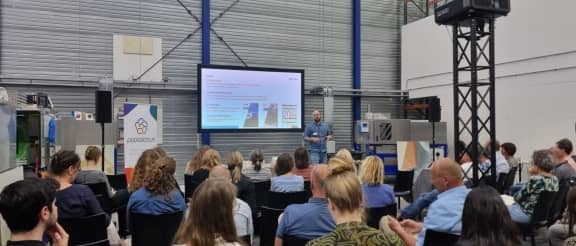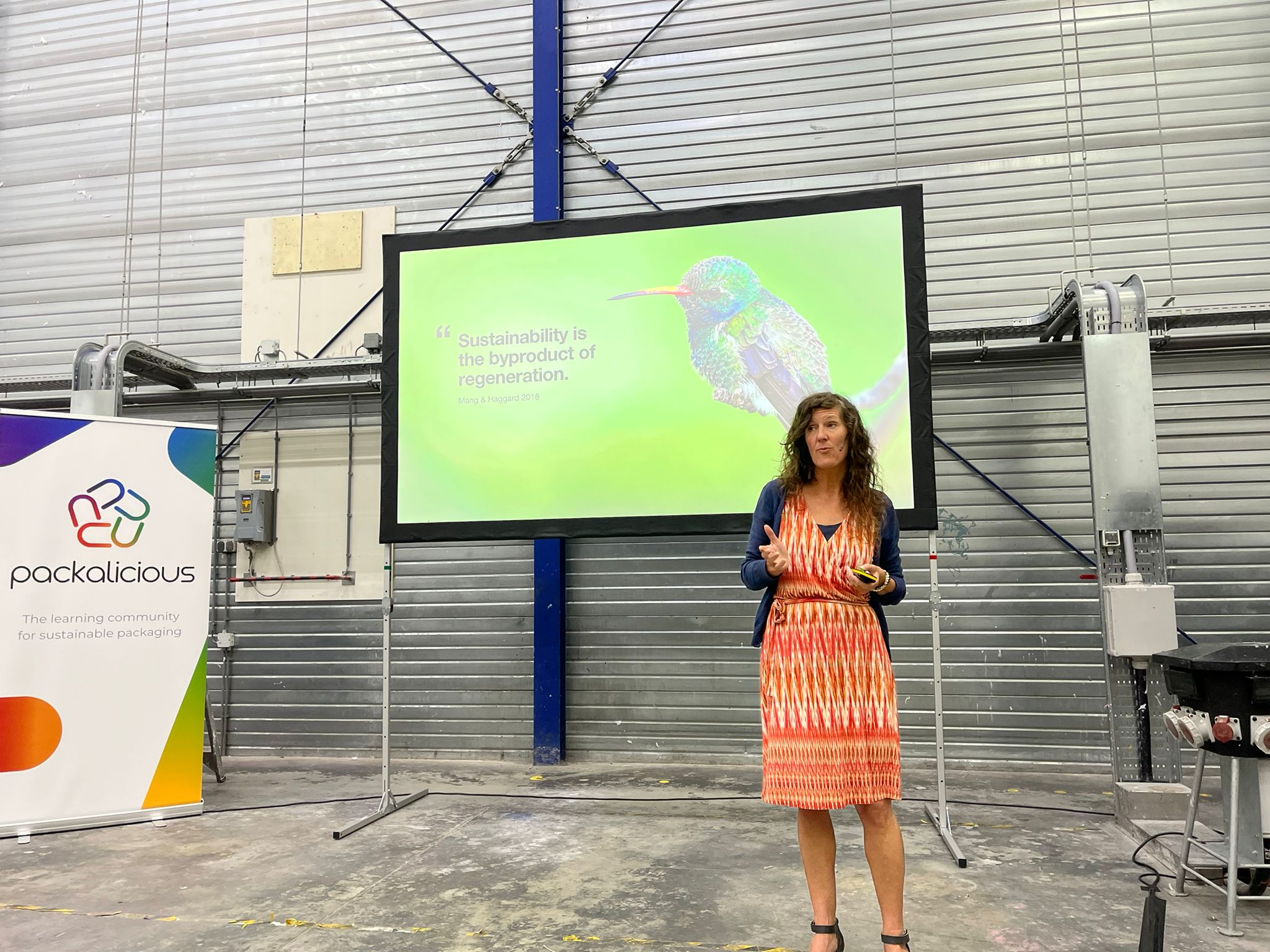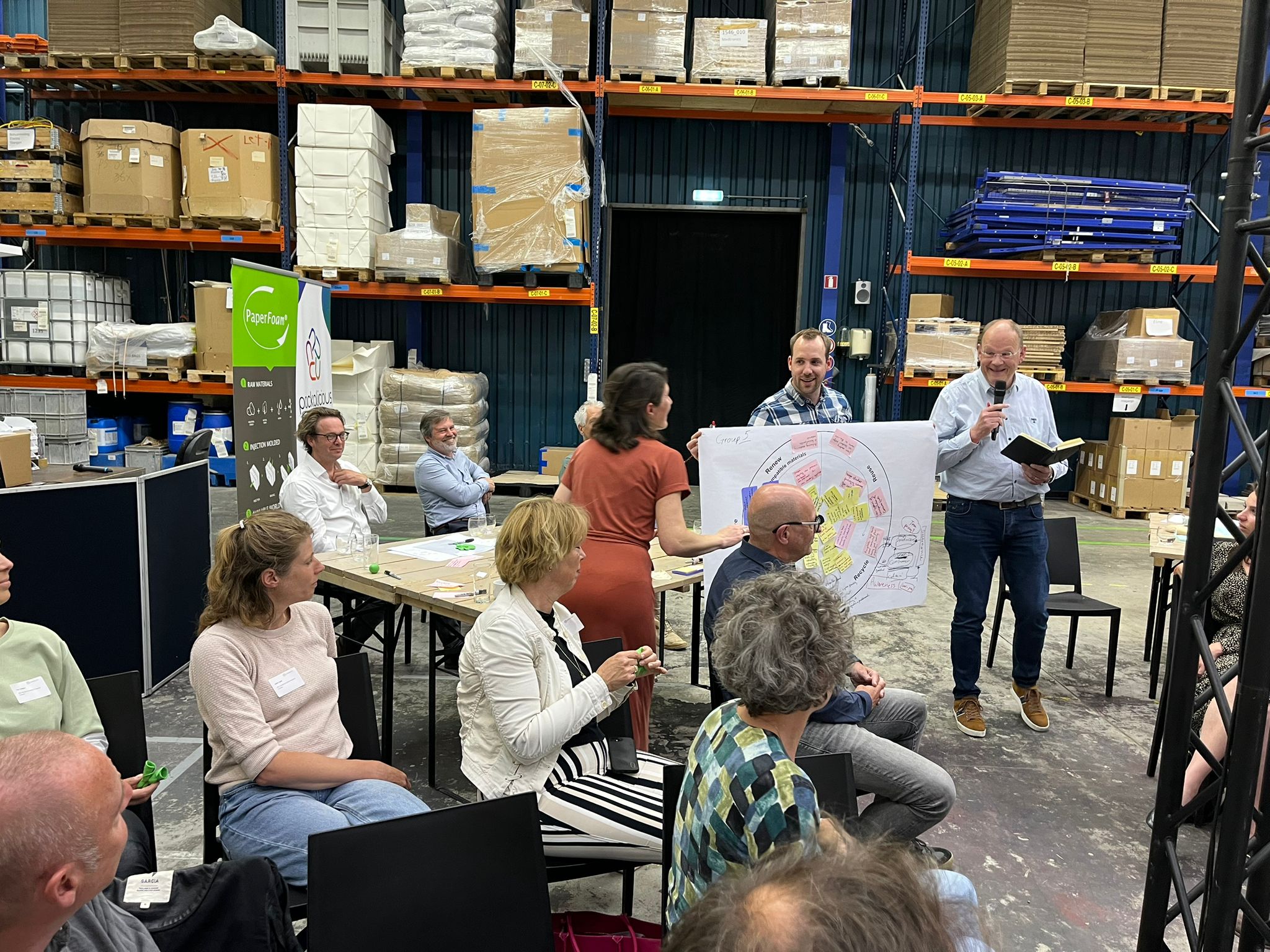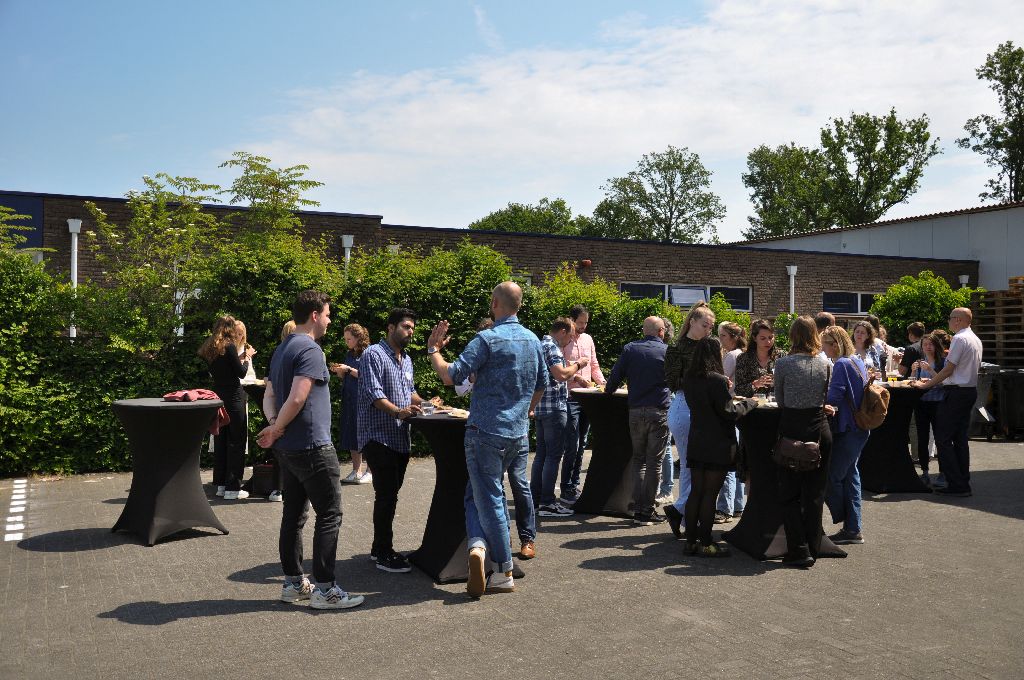Companies explore packaging challenges at third edition Packalicious Live
What specific packaging challenges do companies have? And what steps should they take to achieve intrinsically sustainable solutions? A diverse group of around 60 participants from business, science and education recently came together at the third edition of Packalicious Live to explore this in more detail.

In recent months, Packalicious organised a triptych of events. On 9 November 2022, the so-called Packalicious Pioneers met to discuss the future of intrinsically sustainable packaging. On 22 March, they discussed opportunities and challenges presented by the possible routes to intrinsically sustainable packaging (recycling, reusable and biocompatible materials). At the third event on 7 June, the Pioneers delved into the current challenges of the companies participating in Packalicious. What are they up against, what ambitions do they have and what first steps can they take to explore the route to intrinsically sustainable packaging?
Petra Veen (project leader from the Netherlands Institute for Sustainable Packaging) and co-founder Maaike Mulder-Nijkamp (University of Twente) of Packalicious opened the event: "Packalicious is a platform of frontrunners who look beyond today. Who dare to experiment, collaborate and take the lead in the transition to intrinsically sustainable packaging innovations. The involvement of all stakeholders - business, science and education - is essential. Today, we look at the reality of the current practice. Based on this context, how can we take the first steps towards a promising future?"
After this introduction, participants' inspiration was sparked by keynote speaker Leen Gorissen (PhD in biology and founder of the Centre for Natural Intelligence (Centre4NI)): "What we do in the next decade will determine life on our planet. We cannot solve today's problems with the same way of thinking that caused those problems. We must therefore change our thinking. But how do we do so? For example, by changing our perspective and taking inspiration from nature."
Gorissen outlined seven strategies - based on Natural Intelligence - that help to come up with new, intrinsically sustainable solutions. She illustrated these strategies with several examples of companies that have successfully put them into practice. For example, Spintex designed silk fibres – inspired by how spiders make their webs – that have water as their only by-product and are a thousand times more energy-efficient to produce than plastic fibres. And the company Polybion gives fruit waste to bacteria to grow Celium, an alternative to animal leather and plastics derived from petroleum. Gorissen's key message: "Look at the problem from a completely different perspective than we are used to so far. Use nature as a source of inspiration to create a healthy, prosperous and sustainable future."

Next, managing director Willem Derkman of PaperFoam (host of this Packalicious Live) explained more about their product. "PaperFoam is a combination of four ingredients: potato starch, water, cellulose fibres and a premix. This mix can be moulded into any shape. This results in biodegradable packaging, which composts within four weeks and with which we achieve a significant reduction in CO2 emissions." He also explained how PaperFoam's search for more sustainable alternatives is meeting resistance within the current system of waste disposal in the Netherlands.
After his presentation, participants were given a tour of the factory before starting to work in groups on the central question of this event: what first steps can we take on the route to intrinsically sustainable packaging? Bjorn de Koeijer (University of Twente and also co-founder of Packalicious) guided one of the sessions: "Our group included participants from Weener Plastics, Action, Stone Paper, NHL Stenden, University of Maastricht and University of Twente. A great mix of business, science and education. There was a good, substantive discussion, to which everyone contributed from their own background. Among other things, we talked about the imbalance between material innovation and market acceptance, both from the perspective of consumers and that of production and marketing. Or about the different interests when it comes to development and innovation towards intrinsically sustainable packaging. After summer, we will continue with the question of what concrete steps we can take."

After the working sessions, three inspiration sessions followed. Here, Lise Magnier (assistant professor TU Delft) talked more about consumer acceptance of sustainable packaging, Annemieke Zwiers-Vos (managing director Havo b.v.) about acceptance of sustainable packaging in practice and Nick Schallies (packaging expert Action) about the practical implementation of sustainable packaging. Zwiers-Vos: "We see that more sustainable packaging or product concepts are initially received positively by the buyers, but in practice are still not chosen by the end user and sales stagnate."
Veen and Mulder-Nijkamp concluded the day: "We have explored where the companies stand and see that the issues are diverse: from challenges within the current infrastructure to taking the consumer along in the switch to more sustainable alternatives. After the summer, we will make this concrete and explore collaboration opportunities within Packalicious."
Want to know more about Packalicious? Then check out the landing page.
